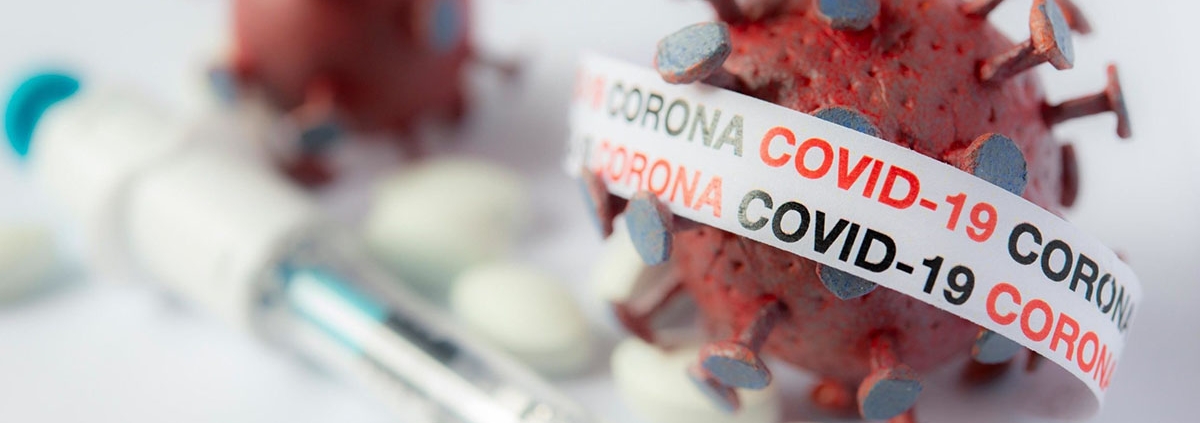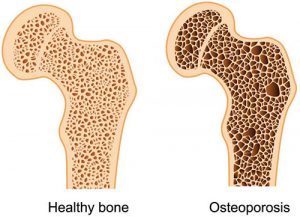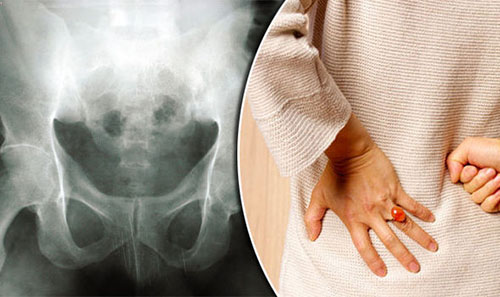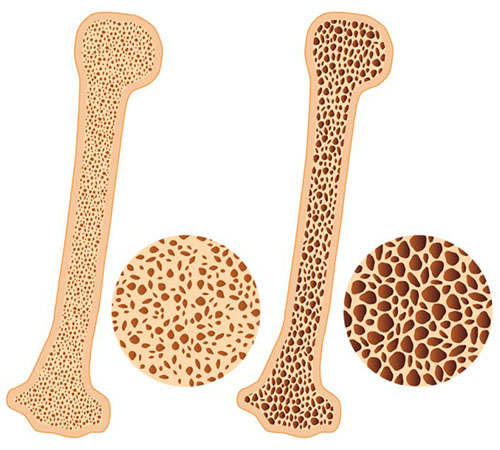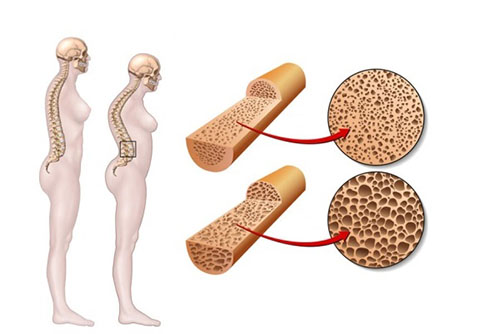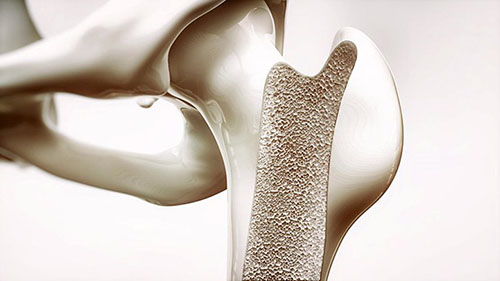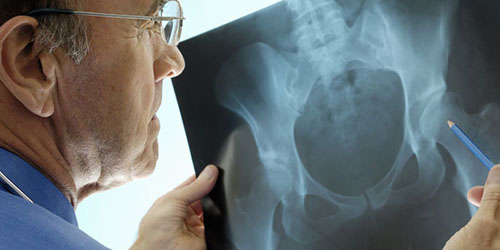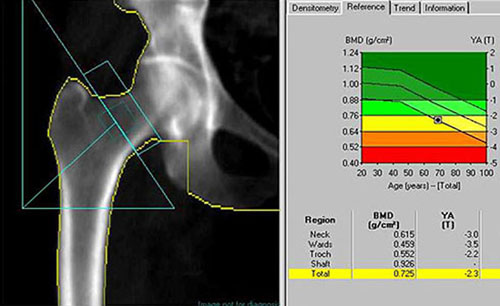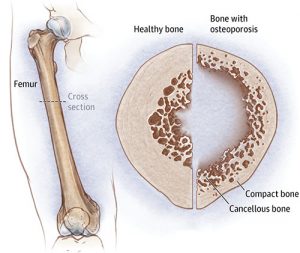Hearing loss is the third most common chronic health condition in the United States. Previous studies of people with hearing loss have uncovered higher prevalence of osteoporosis — a disease in which the bones become weak and brittle — and low bone density (LBD). But research on whether these conditions may influence risk of hearing loss over time is scarce. It is also unknown whether hearing loss can be avoided by taking bisphosphonates, the primary medication used to prevent fractures in people with reduced bone density. As part of the Conservation of Hearing Study (CHEARS), researchers from Brigham and Women’s Hospital analyzed data from nearly 144,000 women who were followed for up to 34 years. They found that risk of subsequent moderate or worse hearing loss was up to 40 percent higher in study participants with osteoporosis or LBD. The study, published in the Journal of the American Geriatrics Society, also found that bisphosphonates did not alter risk of hearing loss.
Release date: 24 May 2021
Source: Brigham and Women’s Hospital


